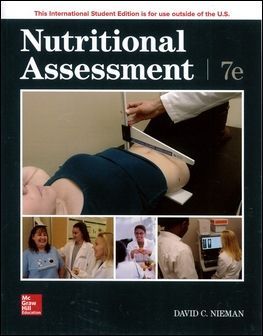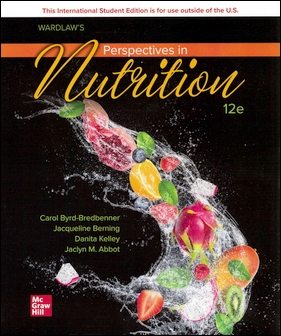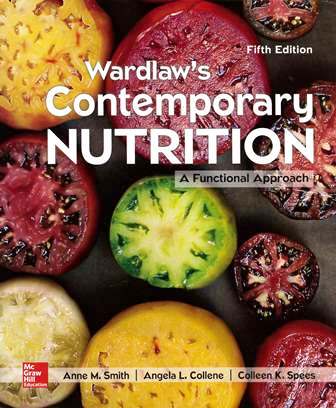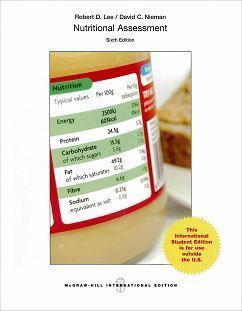書籍分類

Nutritional Assessment 7/e
作者:David C. Nieman
原價:NT$ 1,900
內容介紹 本書特色 目錄 作者介紹
- Description
This text describes the four major methods of nutritional assessment (dietary, anthropometric, biometric, and clinical) in an understandable and contemporary way. It thoroughly covers assessment of the hospitalized individual, but also serves as an invaluable resource to the nutrition professional working in such areas as public health and community nutrition, corporate health, and sports medicine.
Unhealthy dietary patterns, along with tobacco smoking and physical inactivity, are major risk factors for chronic disease. Changes In nutritional behavior are important to prevent and treat chronic disease. An essential first step in this process is the assessment of nutritional status using anthropometric, biochemical, clinical, and dietary intake measurements. Nutritional Assessment, Seventh Edition, explains the tools and techniques that nutrition practitioners and other healthcare providers can use in the assessment process.







